
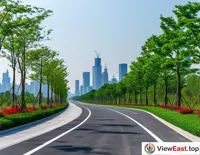
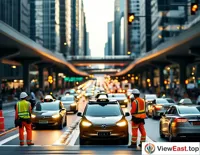
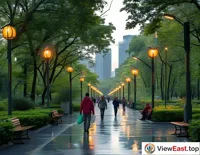
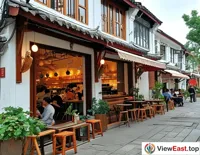
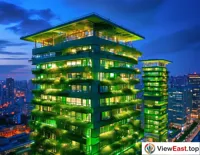
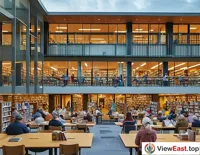
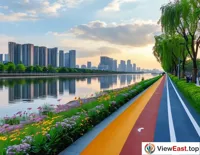
In the process of urbanization in China, urban renewal is like a magnificent transformation that is quietly changing the face of cities. With rapid economic development and continuous social progress, many cities are facing issues such as old buildings, traffic congestion, and environmental pollution. To address these challenges, various cities in China are actively promoting urban renewal, endowing cities with new life and vitality through transformation and upgrading.
The Era of Awakening: The Starting Point of Urban Renewal
The story begins in the 1990s when Chinese cities were experiencing rapid economic growth, but the accompanying urban problems also became increasingly prominent. The environment in old communities was poor, infrastructure was backward, traffic congestion was severe, and the quality of life for residents was affected. Against this backdrop, the concept of urban renewal was gradually proposed, becoming an important means to improve the urban landscape.
Policy Guidance: The Blueprint of Urban Renewal
Entering the 21st century, with the acceleration of urbanization, the Chinese government began to focus on urban renewal. The release of the "National New Urbanization Plan (2014-2020)" in 2008 marked a new stage in urban renewal. The government introduced a series of policies to encourage local governments and enterprises to participate in urban renewal, promoting the renovation of old cities, the construction of infrastructure, and the improvement of public services.
Technological Innovation: The Driving Force of Urban Renewal
Technological innovation provides strong momentum for urban renewal. The application of new technologies such as intelligent transportation systems, green buildings, and smart cities makes urban renewal not only a simple transformation of old buildings but also a comprehensive upgrade of urban functions. For example, many cities have introduced intelligent traffic management systems that optimize traffic flow through big data analysis, reducing congestion and improving travel efficiency. At the same time, the promotion of green buildings also makes cities pay more attention to environmental protection and sustainable development during the renewal process.
Ecological Reshaping: The Green Philosophy of Urban Renewal
Urban renewal not only focuses on economic development but also pays attention to the protection and reshaping of the ecological environment. Many cities actively promote green construction and create urban parks, greenways, and ecological landscapes during the renewal process. For example, Shanghai's "Riverfront Green Belt" project has improved the city's ecological environment and the quality of life for residents through riverside greening and trail construction. The green philosophy of urban renewal makes cities not only a pile of reinforced concrete but also a space where humans and nature coexist harmoniously.
Cultural Heritage: The Profound Heritage of Urban Renewal
In the process of urban renewal, cultural heritage is also indispensable. Many cities pay attention to preserving historical buildings and cultural heritage when renovating old neighborhoods, endowing urban renewal with deeper cultural connotations. For example, Beijing's Nanluoguxiang has retained traditional hutong culture while introducing modern commercial elements during urban renewal, becoming a cultural landmark that combines history and modernity. Such urban renewal not only enhances the image of the city but also strengthens the cultural identity of residents.
Future Outlook: The Bright Prospects of Urban Renewal
Looking to the future, urban renewal in China will continue to deepen. With the continuous development of the economy and the advancement of technology, urban renewal will pay more attention to intelligence, greening, and humanization. Cities will no longer be cold buildings but warm and vibrant living spaces. Through urban renewal, the face of Chinese cities will be refreshed, becoming more livable, business-friendly, and tourist-friendly modern cities.